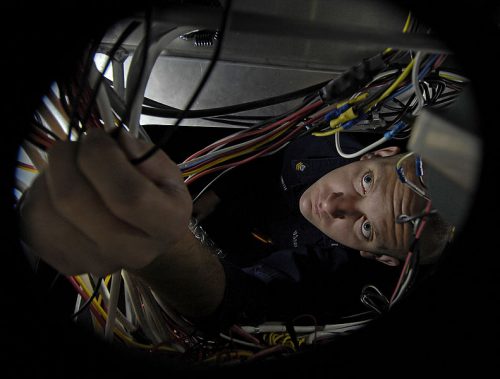
September 20, 2017
Seven Steps to Restore Power After a Flood


September 20, 2017

Hurricanes Irma and Harvey have left trails of devastation throughout Texas, Florida and many Southeastern states, bringing heavy rains, storm surges and flash flooding. Now, as evacuated residents are beginning to return to their houses, repairing and restoring electrical systems is paramount to getting their lives back to normal.
“If a house has flooded, an electrical system should be thoroughly checked and repaired by a professional electrician,” says Warren Tarbell, president of the Nonconductive Tool Company, the maker of Voltclaw nonconductive pliers. “However, homeowners with a background in electrical work can perform minor repairs if they follow important safety steps.”
Follow these steps to reduce the likelihood of shock. (And if you’ve never worked with electrical gear before, now is not the time to start; skip to #7.)
The Importance of Insulation
Wear rubber gloves and rubber-soled boots for all work with electrical circuits in a wet environment. Rubber is an insulator and will help protect from electrocution. Standing on a dry wooden board is also good practice.
Insulated, non-conductive tools are the safest choice. For example, Voltclaw pliers are non-conductive to 1000V making the tools a far safer alternative to metal screwdrivers or wire strippers when grabbing, pulling, pushing and bending of electrical wires. With no metal parts, the tool will also not cut or scrap the insulation off of wires which can create a potential electrocution or fire hazard.
Read more at EHSToday.com